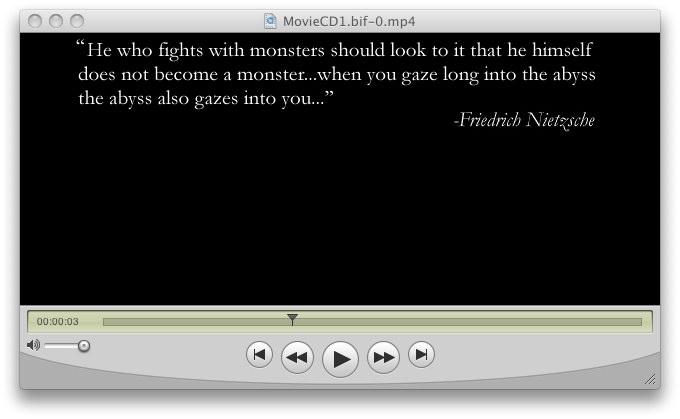The FATE server started getting frustrating and dispiriting to maintain, so I decided to scrap it a little while ago. But I have since started to heavily revise the infrastructure so it can come back online. I have been sitting on a pile of brainstorms about how to make the system work better. Once I finally got down to implementing the changes, it sort of snowballed and I thought of even more improved ways that the various pieces could work together.
But this growth is not without its associated pains. I largely blame PHP for this. Whenever I have a bad day at work, I just remind myself that things could be a lot worse. For example, it could be my job to write PHP code full time. I have lots of gripes with the language, but a few new ones due to this experience.
There must be 7 different ways to interface to one library I want to use, and I can’t get any of them to work. And since it’s all server-side, it’s incredibly difficult to diagnose why the server is having trouble.
PHP is hyper-paranoid about security. When you GET or POST data, PHP’s site-specific (that I can’t change) setting is to escape quotes and backspaces before it makes the data available to you, whether you like it or not. And I don’t like it. I really don’t want the data escaped, but I can’t turn it off. The manual states that the next version of PHP will remove this annoyance.
But there’s no point in complaining about PHP. As Jeff Atwood eloquently expressed, PHP Sucks, But It Doesn’t Matter. It’s still serves as the backbone of some of the most important sites on the internet. And I know I will eventually coerce PHP to be the backbone of FATE once more.
Python isn’t blameless in this either. I need a key feature that, for once, is not provided by the expansive Python standard library (even though the library handles everything else associated with this type of functionality). A few hackers around the net have attempted to fill in the missing piece but I haven’t successfully adapted their code yet.
On the plus side, I should mention that I have gotten FATE running on Mac OS X. It’s currently watching FFmpeg SVN and performing build/test cycles while saving the data locally. That was the easy part. Getting the data to the server is the troublesome part and the foregoing issues described are all components of that problem.
